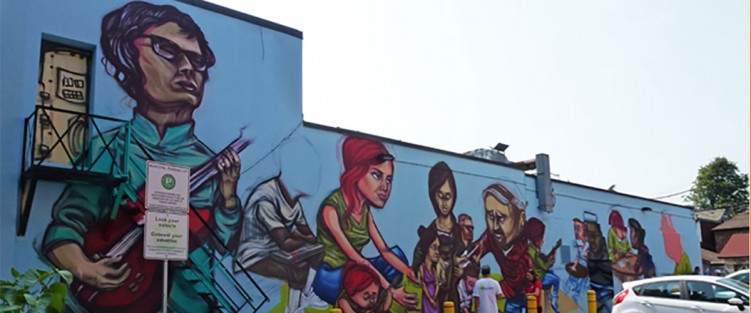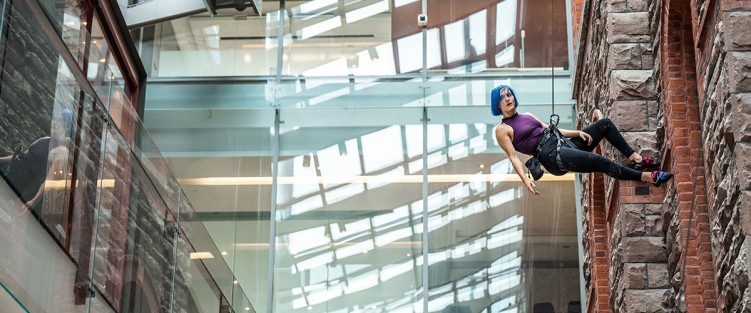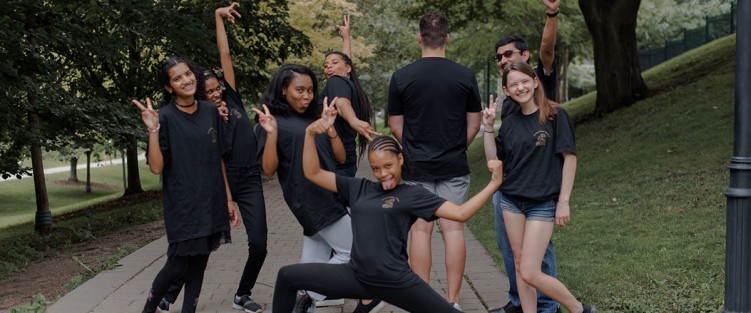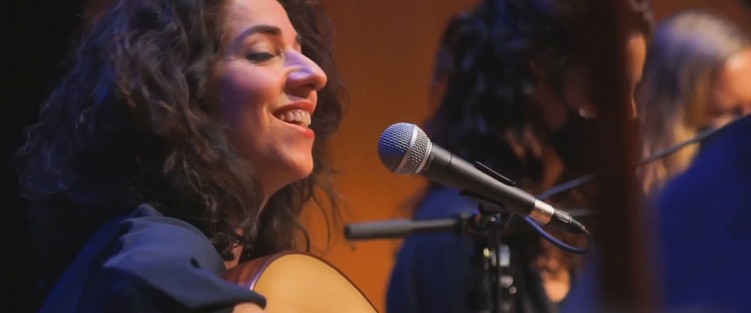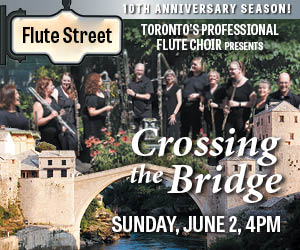Tribute to Jeanne Lamon: Tafelmusik Returns to Live Performance
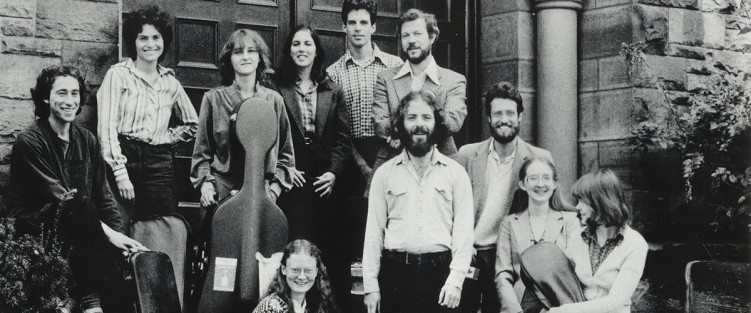 “I wanted to begin with The Galileo Project, which is the one I mostly closely identify with Jeanne. And Galileo begins with Vivaldi,” Alison Mackay explains. It is February 15 and we are chatting, via Zoom, about an upcoming April 2 Tafelmusik concert, curated by Mackay and Christina Mahler, as a tribute to Jeanne Lamon who, at the invitation of Tafelmusik’s founders, Kenneth Solway and Susan Graves, become the ensemble’s first music director just two years after they founded the ensemble in 1979. She remained at the Tafelmusik helm till 2014, by which time the ensemble had grown from a quirky and belovedly Birkenstockian niche player in downtown west Toronto music scene into what Neil Genzlinger, in a June 26, 2021 New York Times obituary for Lamon, described as “one of the world’s most acclaimed baroque ensembles, … striving not only to present centuries-old music as it was originally heard, but also to reach modern audiences.
“I wanted to begin with The Galileo Project, which is the one I mostly closely identify with Jeanne. And Galileo begins with Vivaldi,” Alison Mackay explains. It is February 15 and we are chatting, via Zoom, about an upcoming April 2 Tafelmusik concert, curated by Mackay and Christina Mahler, as a tribute to Jeanne Lamon who, at the invitation of Tafelmusik’s founders, Kenneth Solway and Susan Graves, become the ensemble’s first music director just two years after they founded the ensemble in 1979. She remained at the Tafelmusik helm till 2014, by which time the ensemble had grown from a quirky and belovedly Birkenstockian niche player in downtown west Toronto music scene into what Neil Genzlinger, in a June 26, 2021 New York Times obituary for Lamon, described as “one of the world’s most acclaimed baroque ensembles, … striving not only to present centuries-old music as it was originally heard, but also to reach modern audiences.
“Never was that more evident,” Genzlinger continued, “than in ‘The Galileo Project: Music of the Spheres,’ a multimedia performance piece, conceived and scripted by Alison Mackay, the ensemble’s bassist, featuring the music of Vivaldi and others, projections of astronomical and other scenes, an actor providing narration, and an unfettered orchestra.”
“Unfettered orchestra” refers in part to the players having memorized their parts, so free to move around the performance space, something that was to become a Tafelmusik trademark over the ensuing years, in a series of story-driven thematic programs which reached deep into the times and places in which baroque music, the re-emerging with startling parallels, convergences and sometimes hard truths. We got to hear it differently. Unfettered by old assumptions.


